Simple images of Hanoi more than 100 years ago were captured by French photographer Pierre Dieulefils.
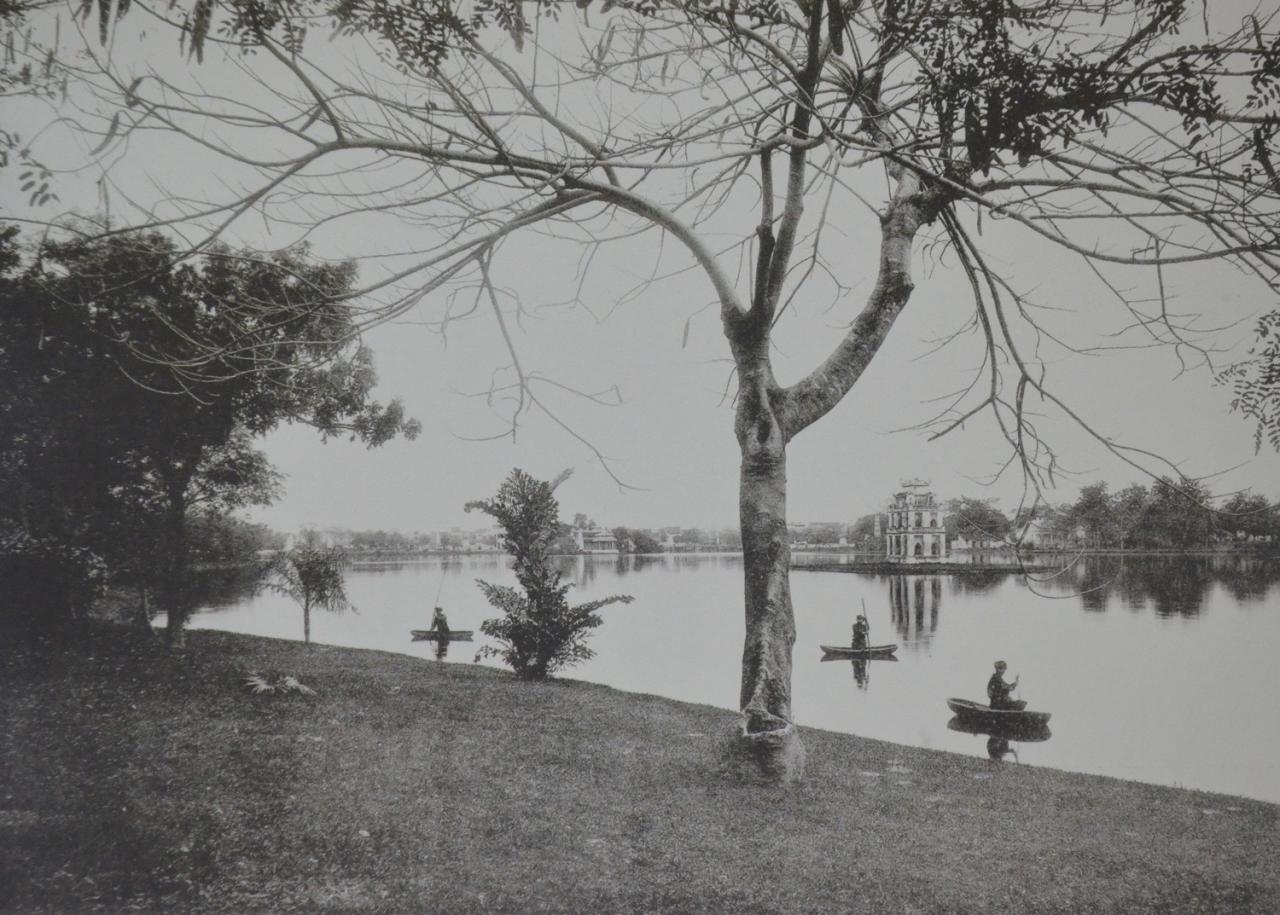
Pierre Dieulefils's photo shows that, long ago, there was a time when people could comfortably row boats on Hoan Kiem Lake.
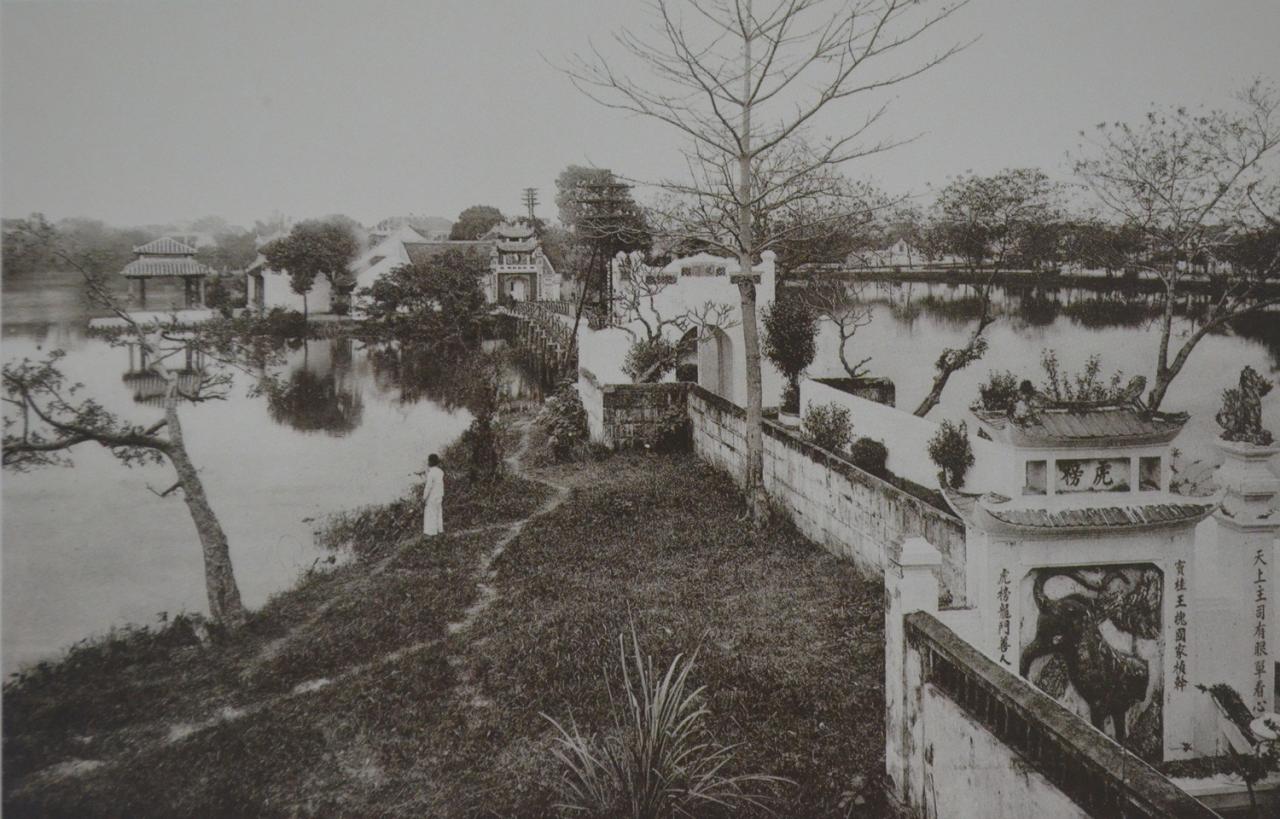
Ngoc Son Temple is located on Ngoc Island in Hoan Kiem Lake. Ngoc Son Temple is a cultural and religious relic, a place to worship Saint Tran Hung Dao and Quan Vu De along with two generals who are considered saints and also a place to witness naval combat training sessions of the Dai Viet army. Leading to the temple is a system of gates and a The Huc bridge connecting Ngoc Island with the East bank of Hoan Kiem Lake. In the past, Ngoc Island was where Lord Trinh Giang built Khanh Thuy Palace during the Vinh Huu Dynasty (1735-1739) as a place for banquets and entertainment in the summer. To beautify the landscape, the Lord built two mounds, Dao Tai and Ngoc Boi, on the East bank.
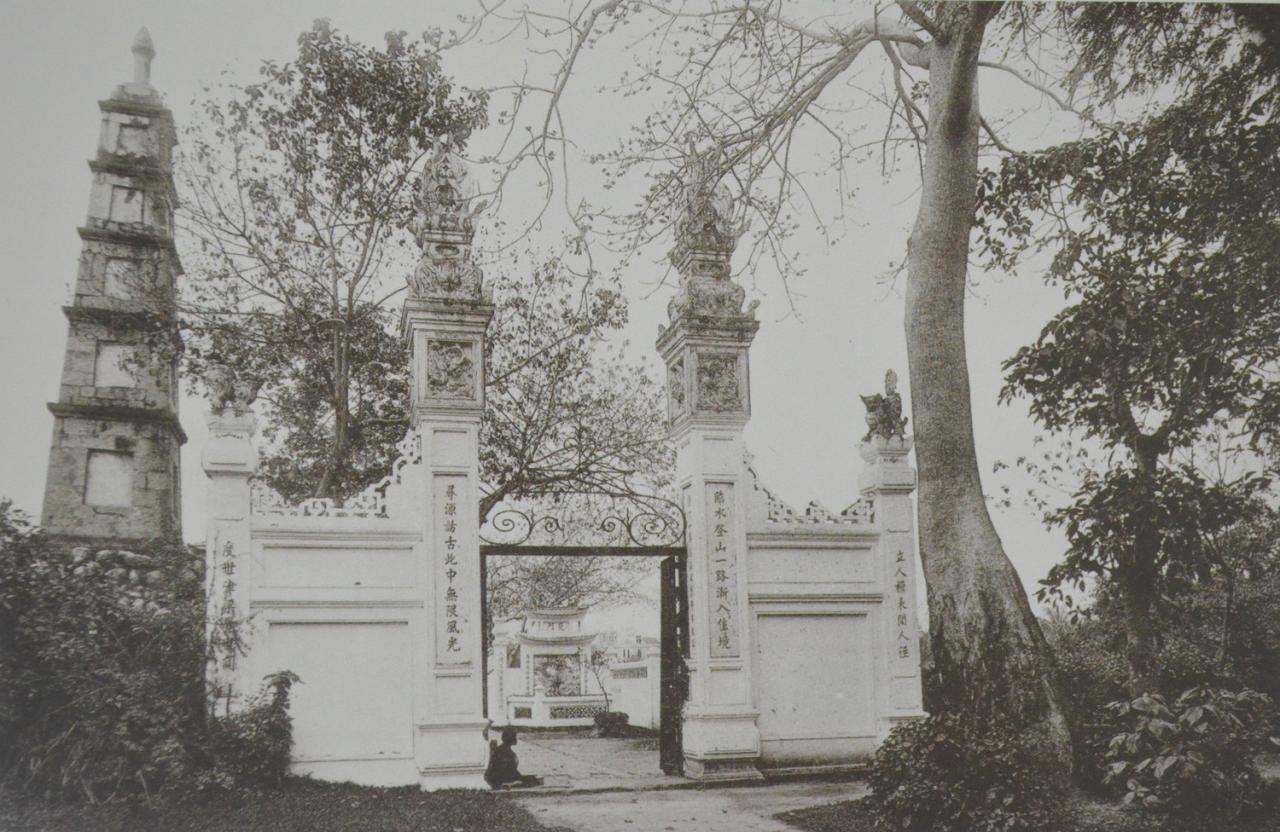
When the Trinh family fell, Le Chieu Thong was given power back by Nguyen Hue. In 1786, he took revenge on the Trinh family by burning down the Lord's Palace and Khanh Thuy Palace. In the early 19th century, a pagoda was built on the old palace foundation on Ngoc Island, so it was called Ngoc Son Tu. In front of the pagoda was a rather tall bell tower. In 1843, the Huong Thien Association managed to convert the pagoda to worship Buddha and worship Tam Thanh and Tran Hung Dao. The bell tower was later demolished. In 1864, the patriotic Confucian scholar Phuong Dinh (Nguyen Van Sieu) renovated the whole scene. In the temple, he promoted the worship of Van Xuong, the star in charge of the imperial examinations according to Taoism. He built a stone embankment at the foot of the island, built Tran Ba communal house in front of the temple and looked straight out to Turtle Island. The current architecture of Ngoc Son Temple basically retains the scale and style from the time Nguyen Van Sieu renovated it.

Image at Hang Bac Street. In the past, Hang Bac Street had 3 different occupations: silver ingot casting, goldsmithing and money exchange. These 3 occupations originated from 3 famous gold and silver craft villages: Chau Khe (Hung Yen), Dong Xam ( Thai Binh ) and Dinh Cong (Hanoi).
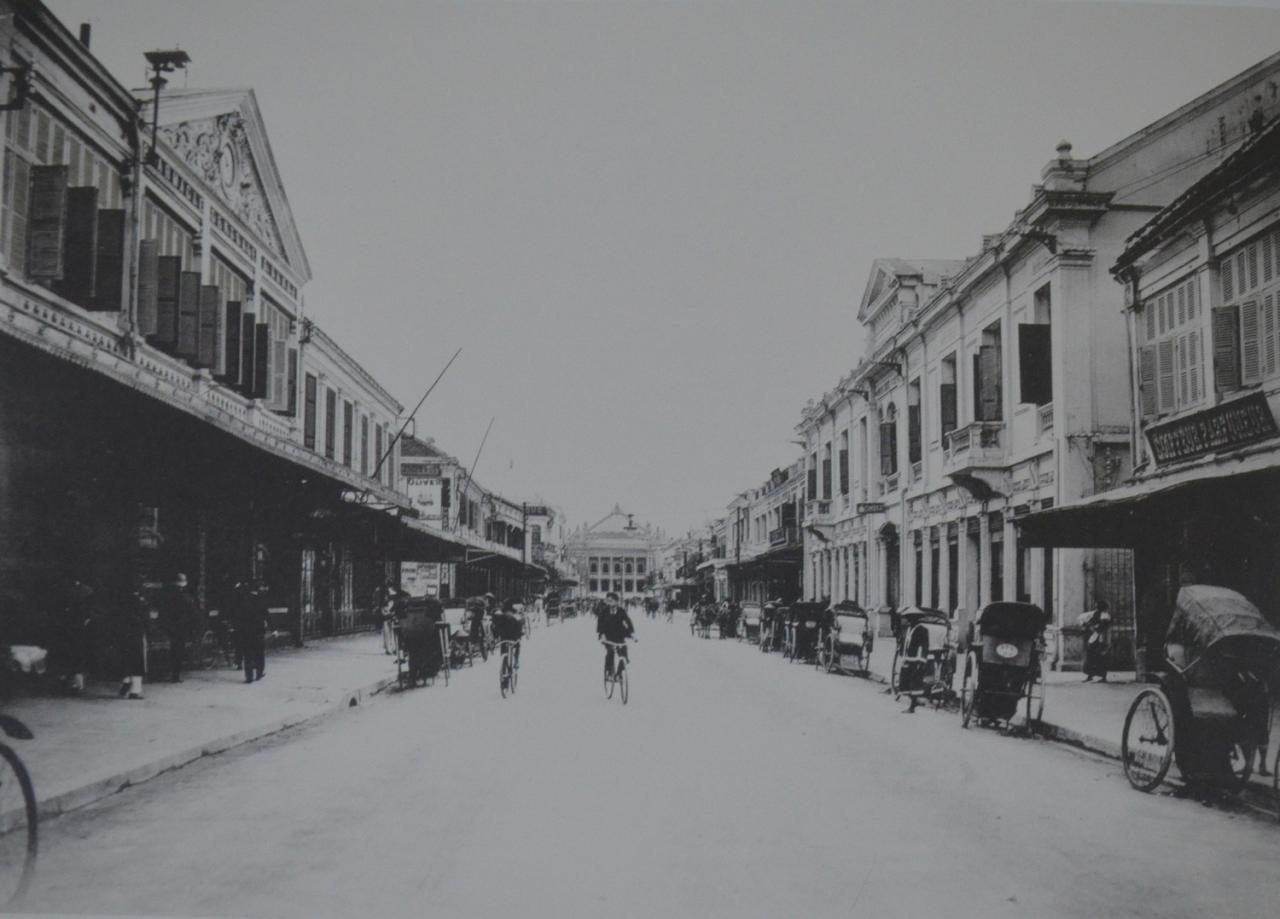
Image of Paul Bert - the most luxurious neighborhood in Hanoi during the colonial period, often called the Western Quarter. Today, this neighborhood is called Trang Tien Street.
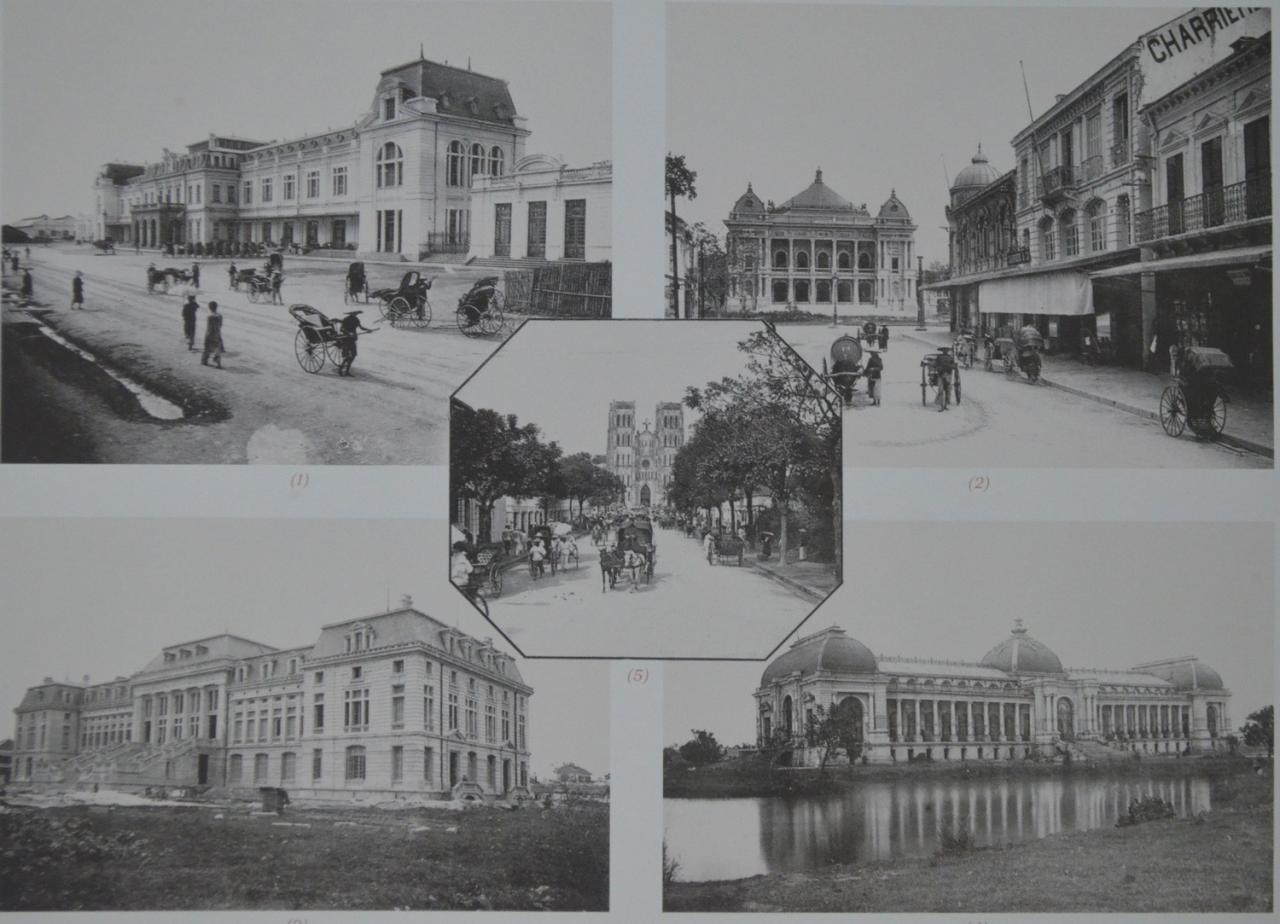
Images of Hanoi Railway Station, Opera House, Supreme Court, Exhibition Hall, Cathedral. The Exhibition Hall was built in 1902. The building is like a castle, 110m long, 30m wide, 27m high, located in a campus of 3,000m2. Due to the effects of war, the building was "flattened". In 1985, with the help of the Soviet Union, Vietnam built a new building with a different architecture and scale called the Vietnam-Soviet Friendship Cultural Palace.
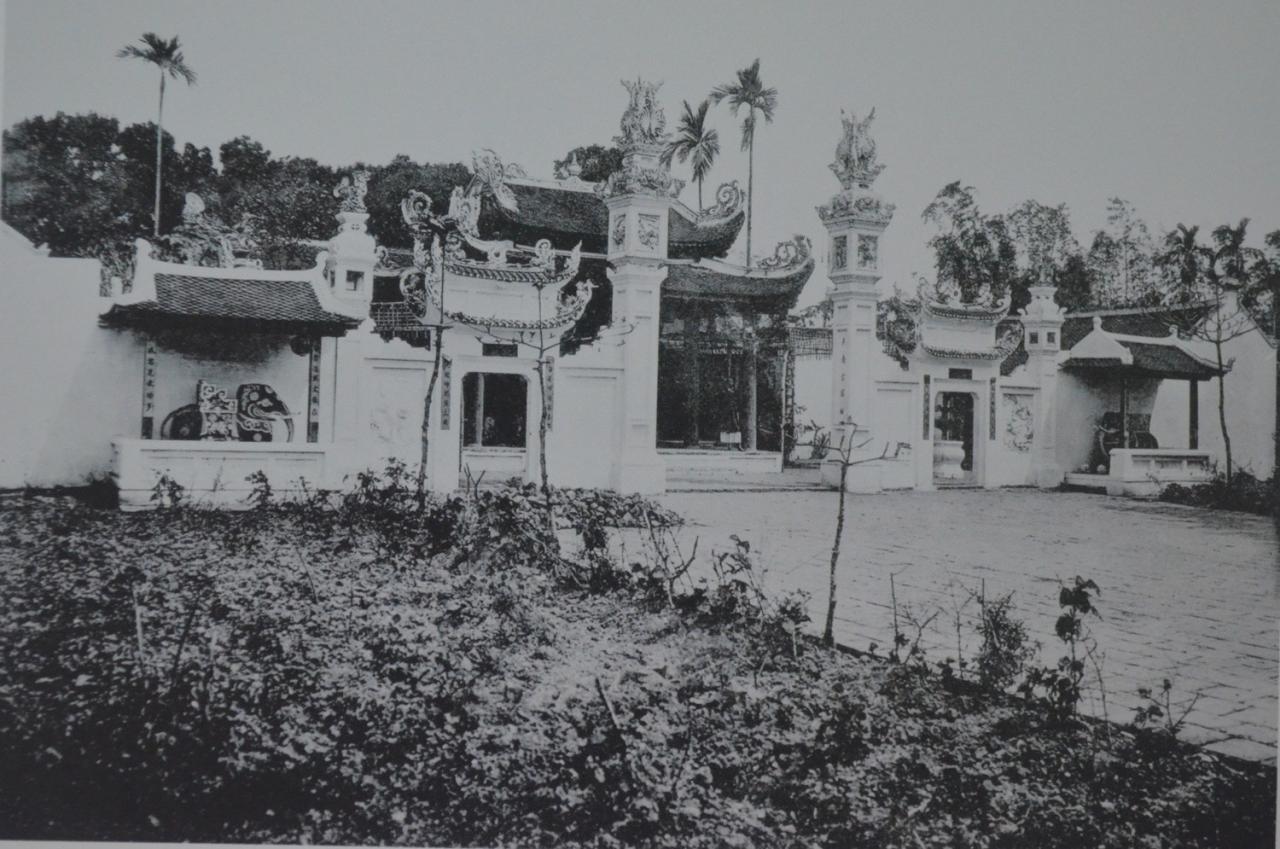
The ceremonial gate of Ngoc Ha communal house, Hanoi. The communal house was built around the end of the Le Trung Hung period, inside worshiping Saint Huyen Thien Hac De, now located at lane 158 Ngoc Ha, Ngoc Ha ward, Ba Dinh district, Hanoi.
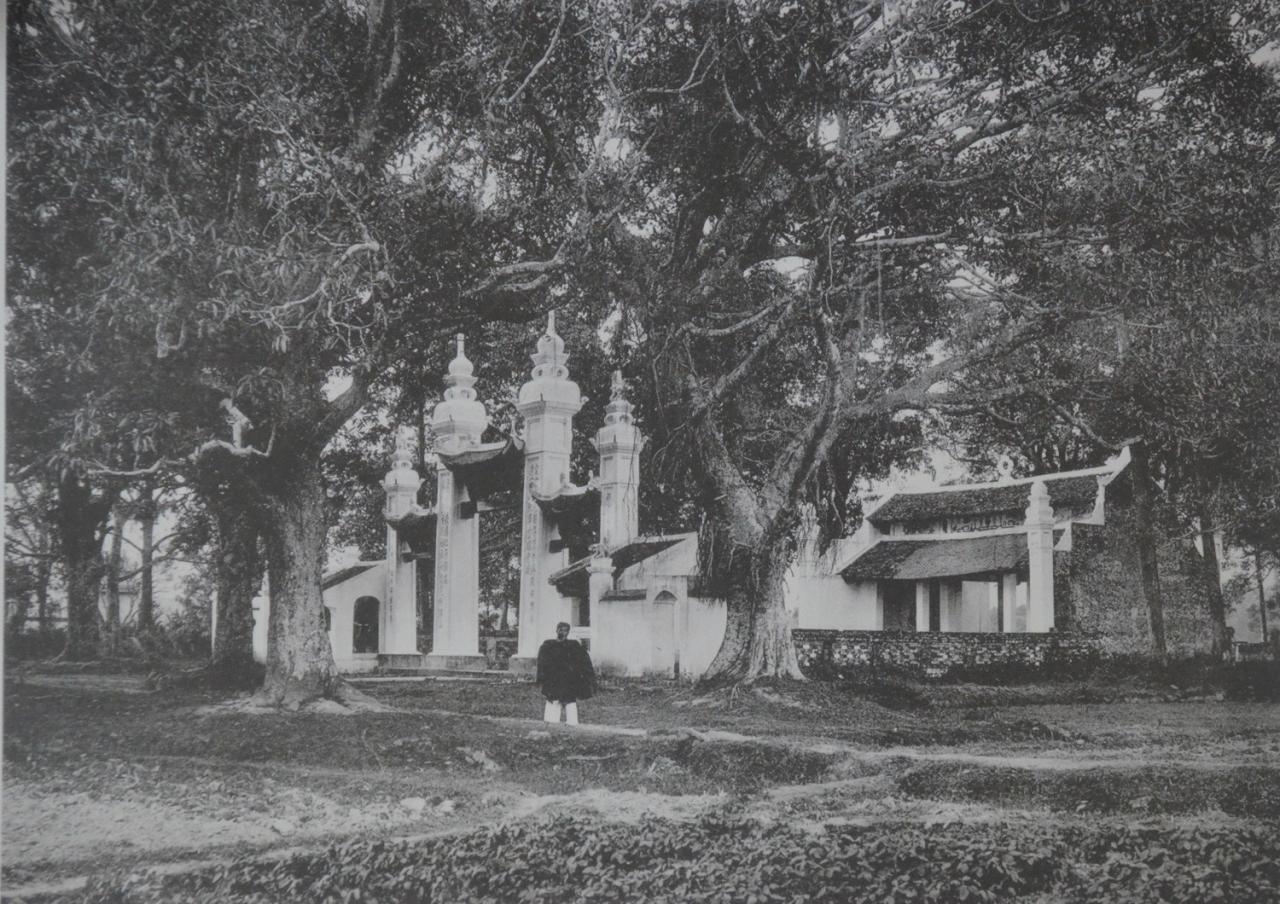
Image of Lang Pagoda gate. Lang Pagoda - the Chinese name is Chieu Thien Tu, is an ancient pagoda of ancient Thang Long land. According to the recorded stele, the pagoda was built during the reign of King Ly Anh Tong (reigning from 1138 - 1175). The pagoda is located in Yen Lang commune (Ha canton, Vinh Thuan district), later Lang village - an ancient village located on the To Lich river. Currently, the pagoda is located on Chua Lang street (Lang Thuong ward, Dong Da district).
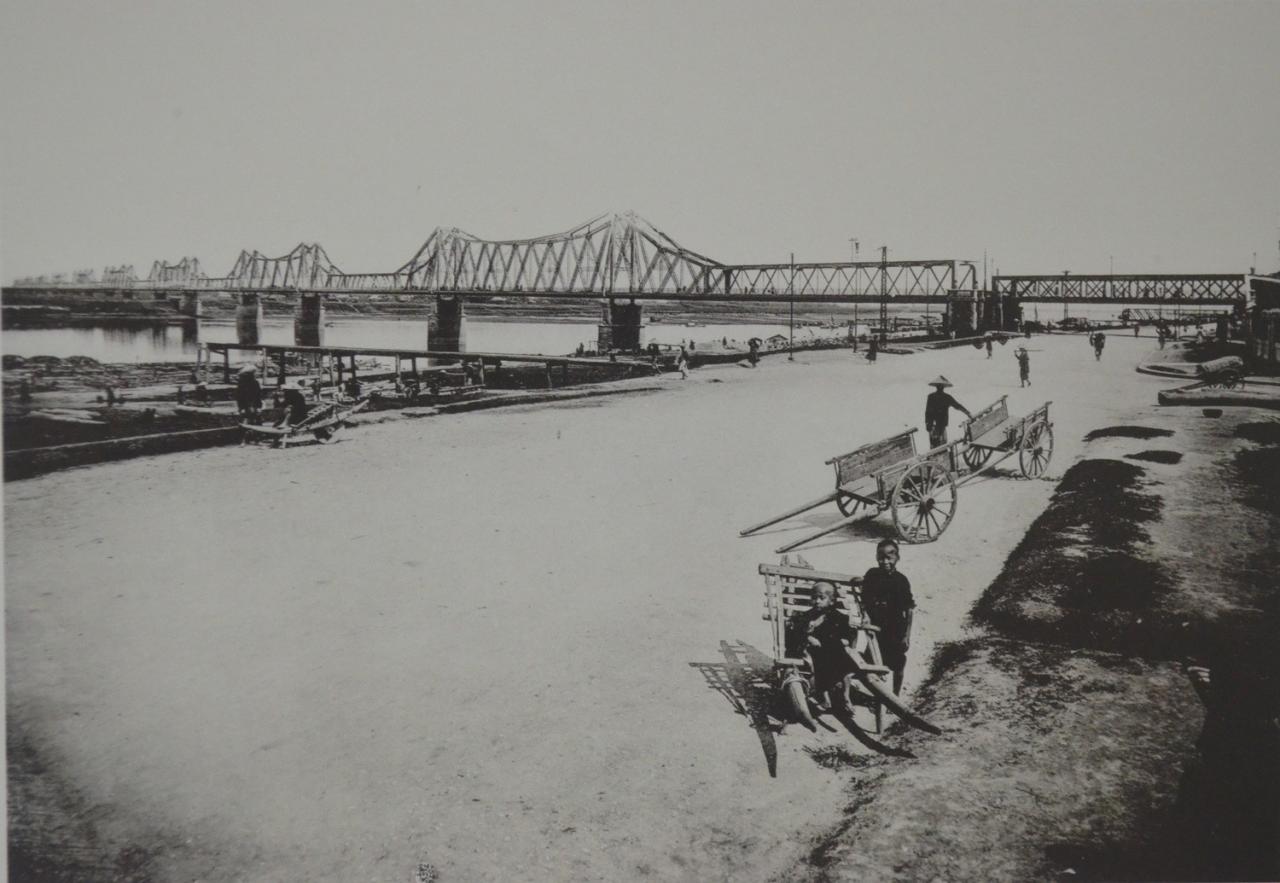
Image of the wharf and Doumer Bridge on the Red River. The French built Long Bien Bridge during the first colonial exploitation (1897-1914), with the purpose of creating a railway from the port city of Hai Phong across the Red River to connect with Lao Cai, to Yunnan (China). The bridge was built entirely of steel, not counting the two approach bridges, and became the largest bridge in Indochina at that time. At first, the bridge was named after the Governor General of Indochina, Paul Doumer (currently Long Bien Bridge). When it was first built, the bridge was mainly for trains and had pedestrian paths on both sides, with a few rudimentary vehicles, mainly handcarts. From 1920 onwards, when cars were introduced to Vietnam and became more popular, the roads on both sides of the bridge were expanded.
vietnamnet.vn



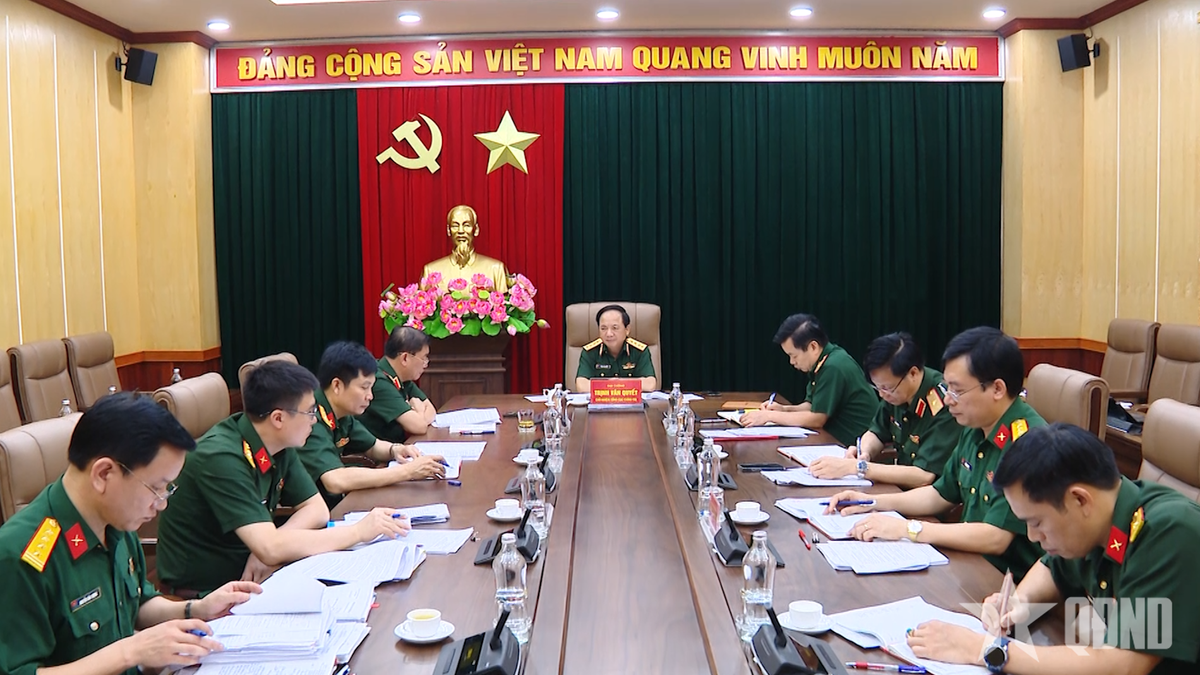


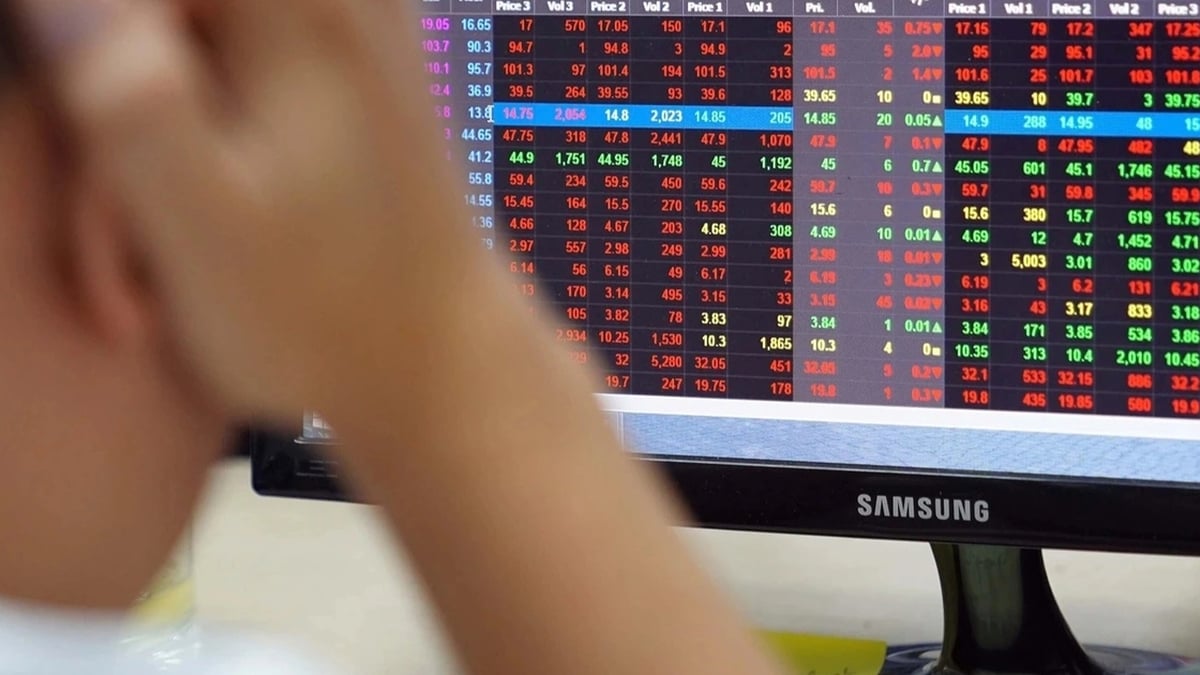
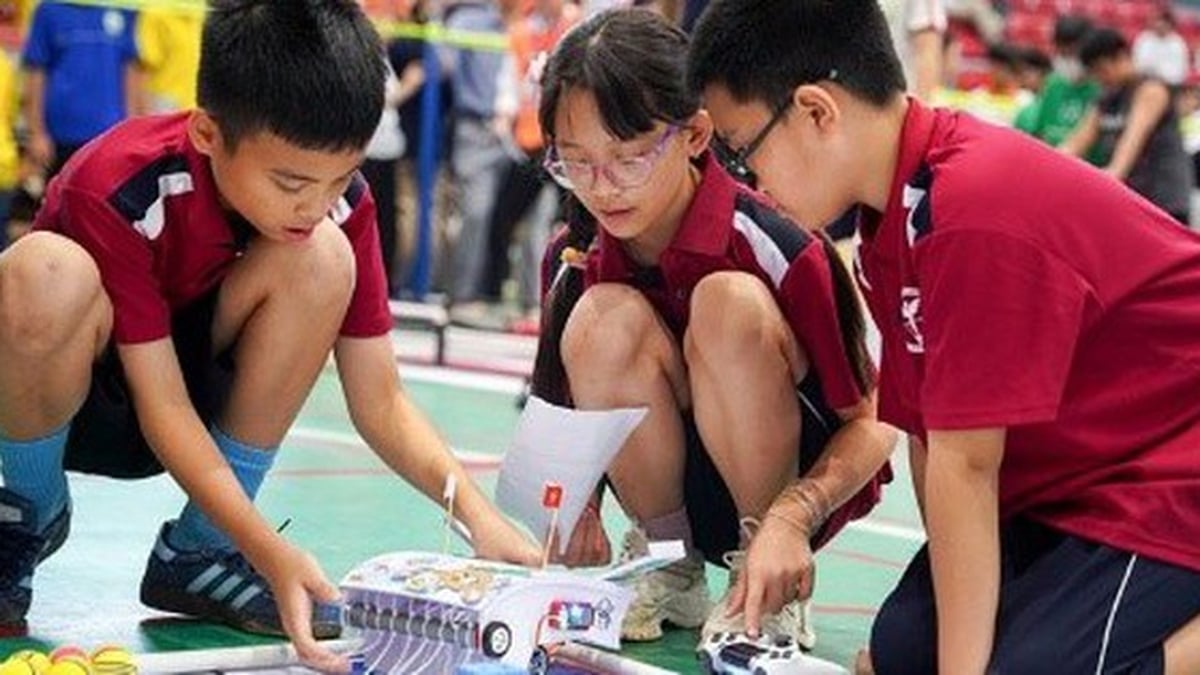
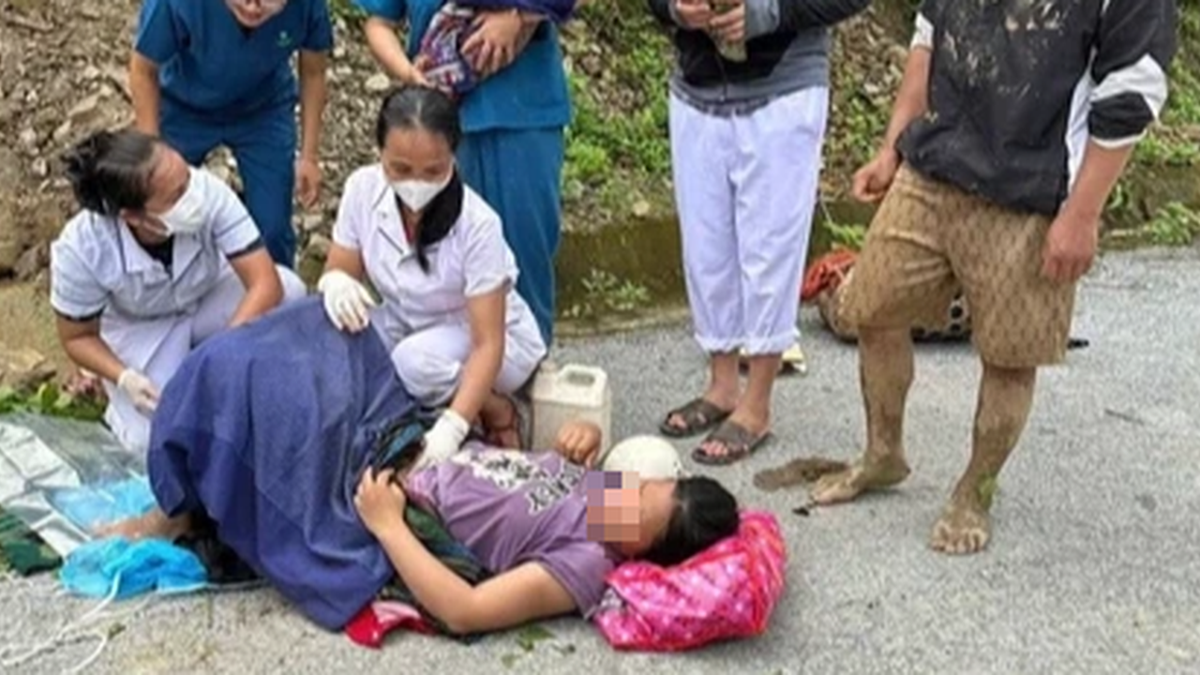
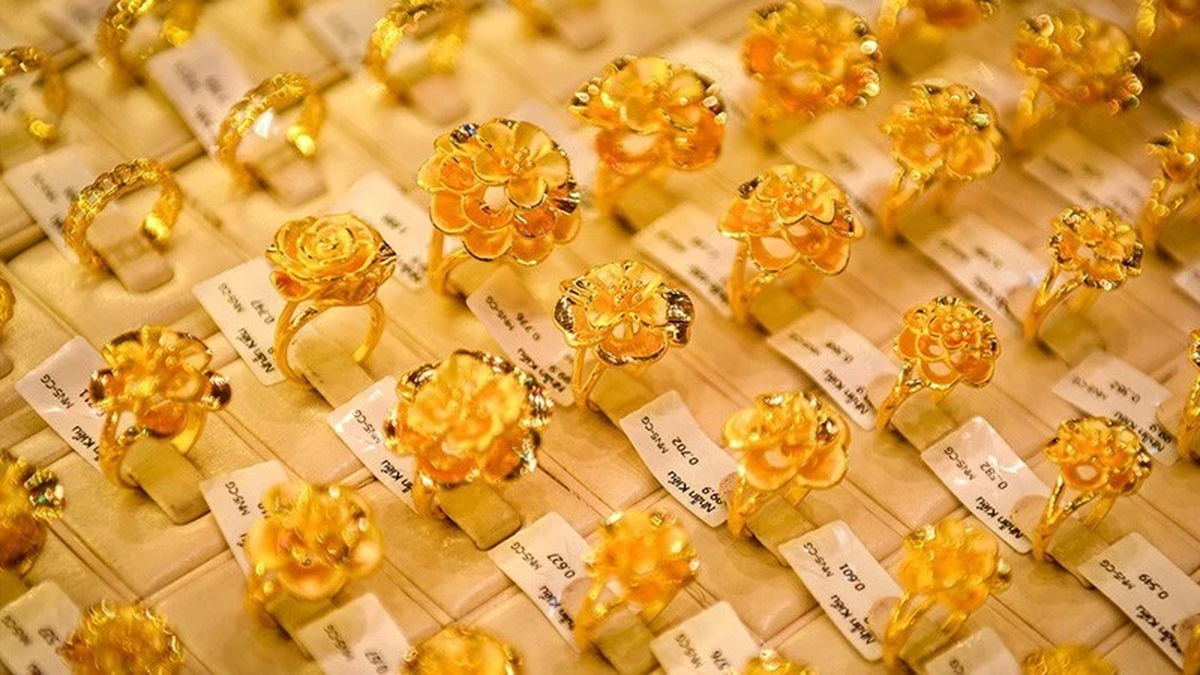
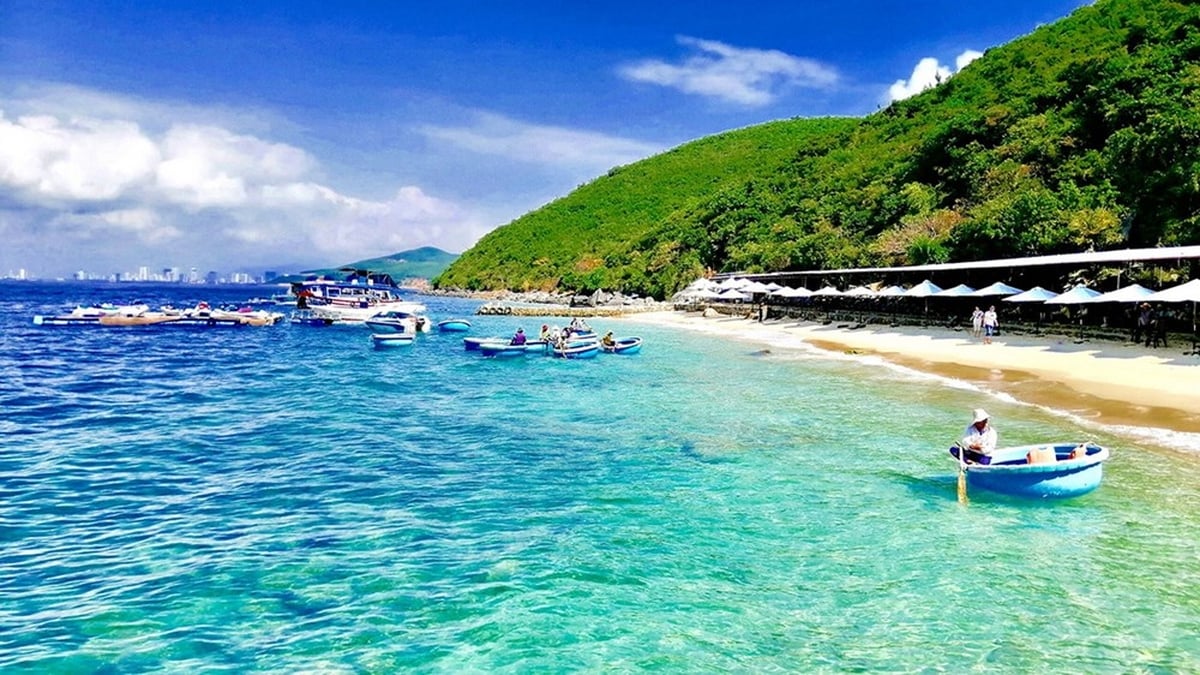
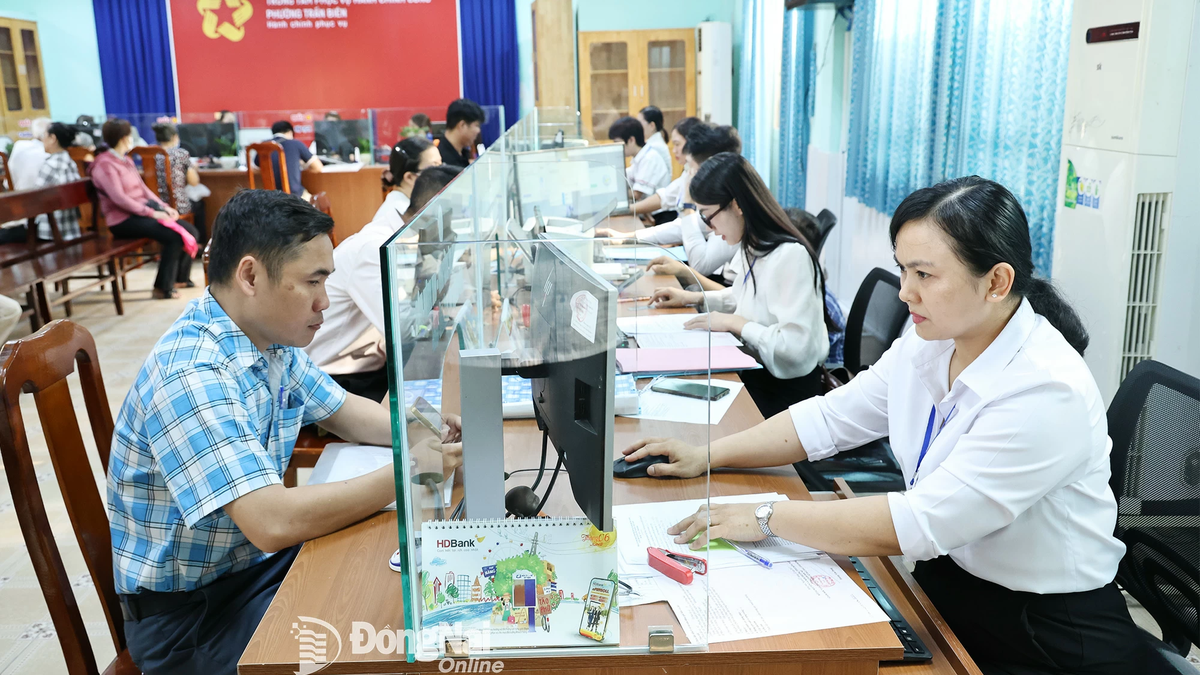












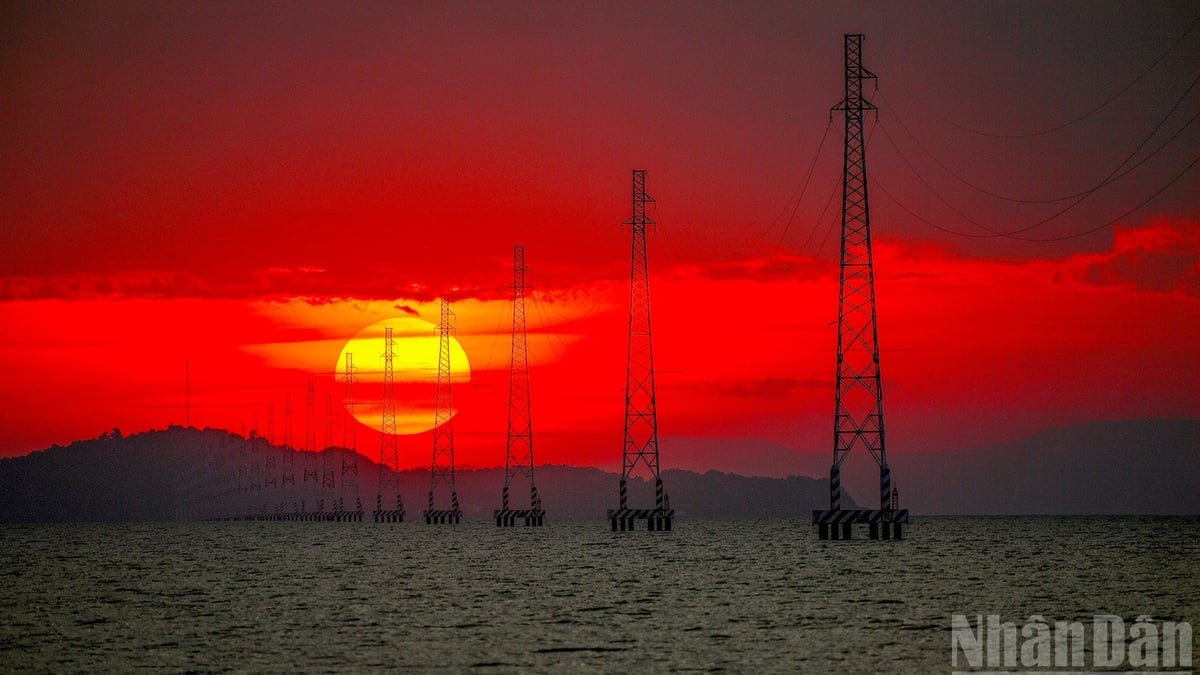

![[Photo] National Assembly Chairman attends the seminar "Building and operating an international financial center and recommendations for Vietnam"](https://vphoto.vietnam.vn/thumb/1200x675/vietnam/resource/IMAGE/2025/7/28/76393436936e457db31ec84433289f72)





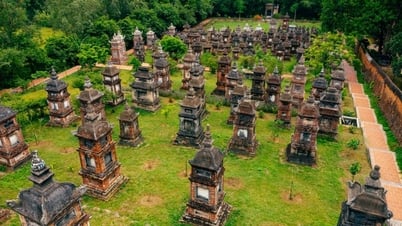

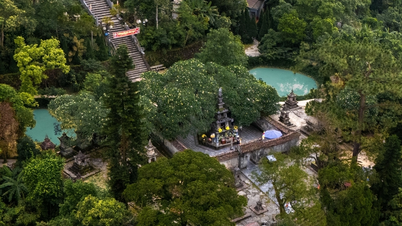






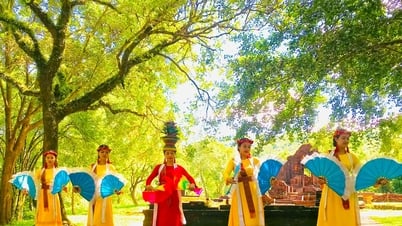



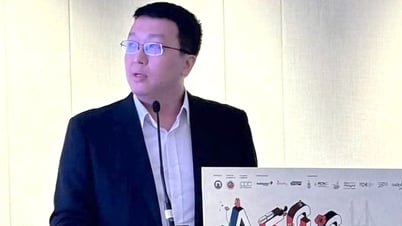

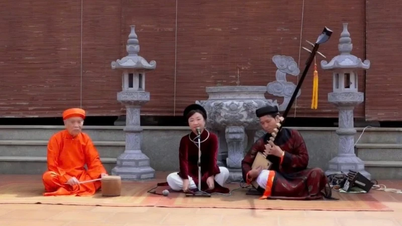



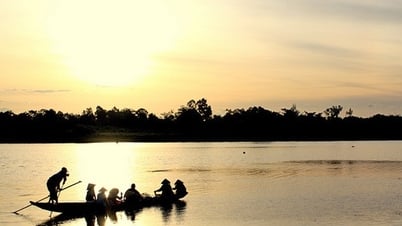

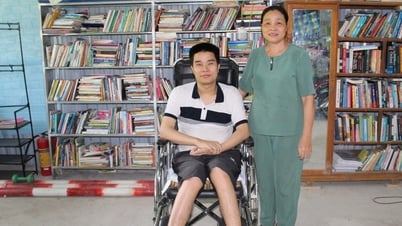

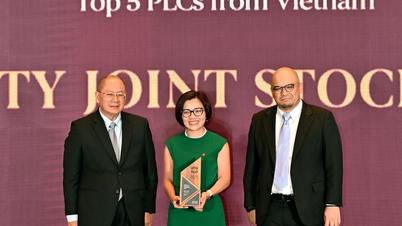

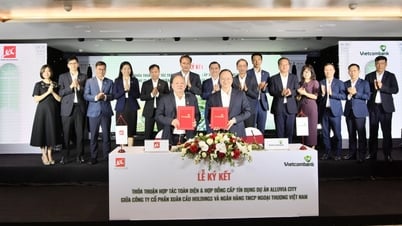





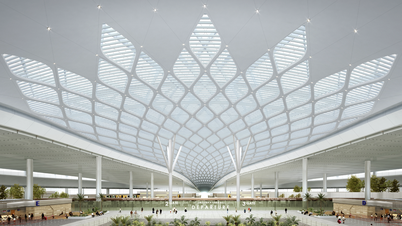

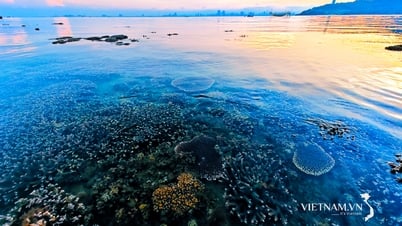

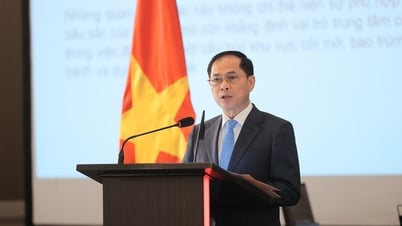
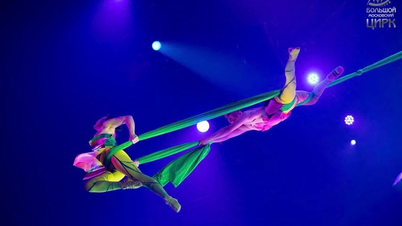


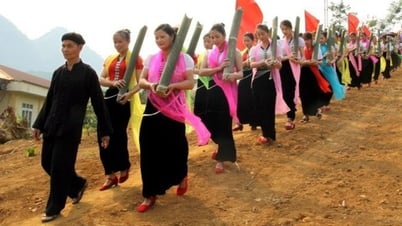

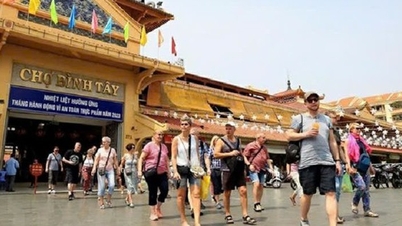
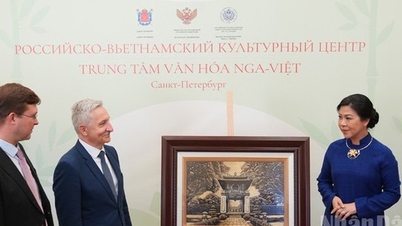

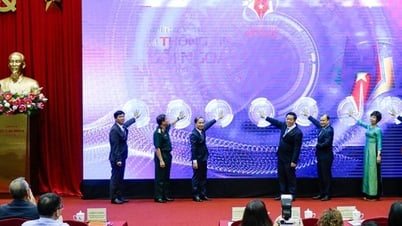




















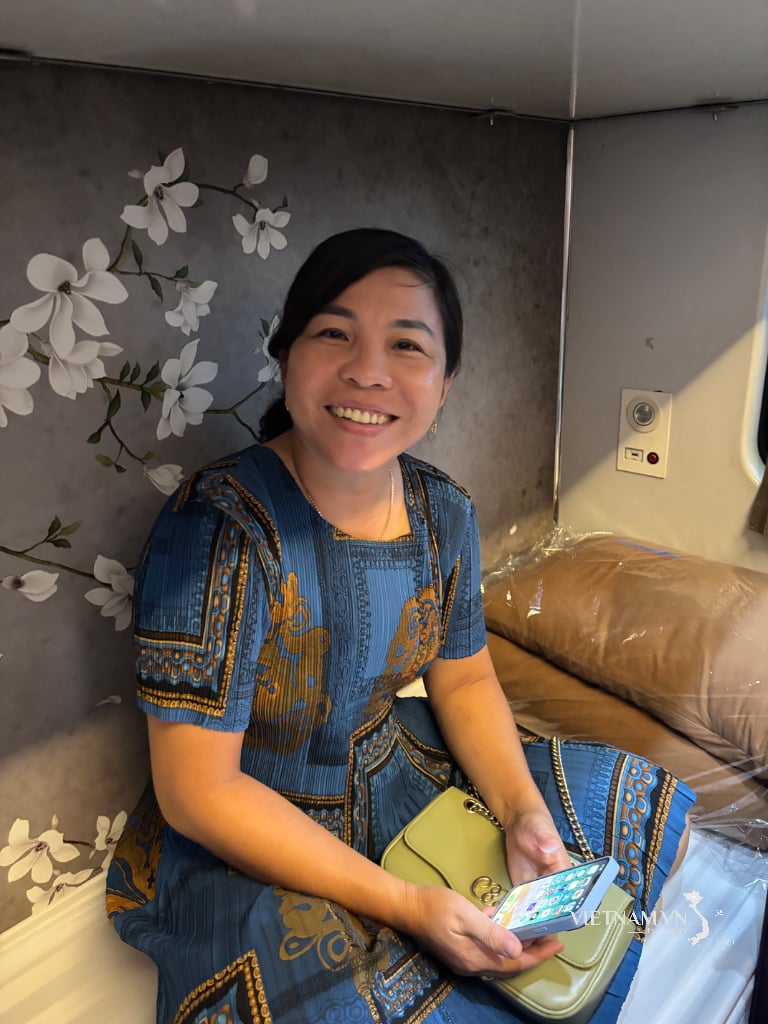


Comment (0)